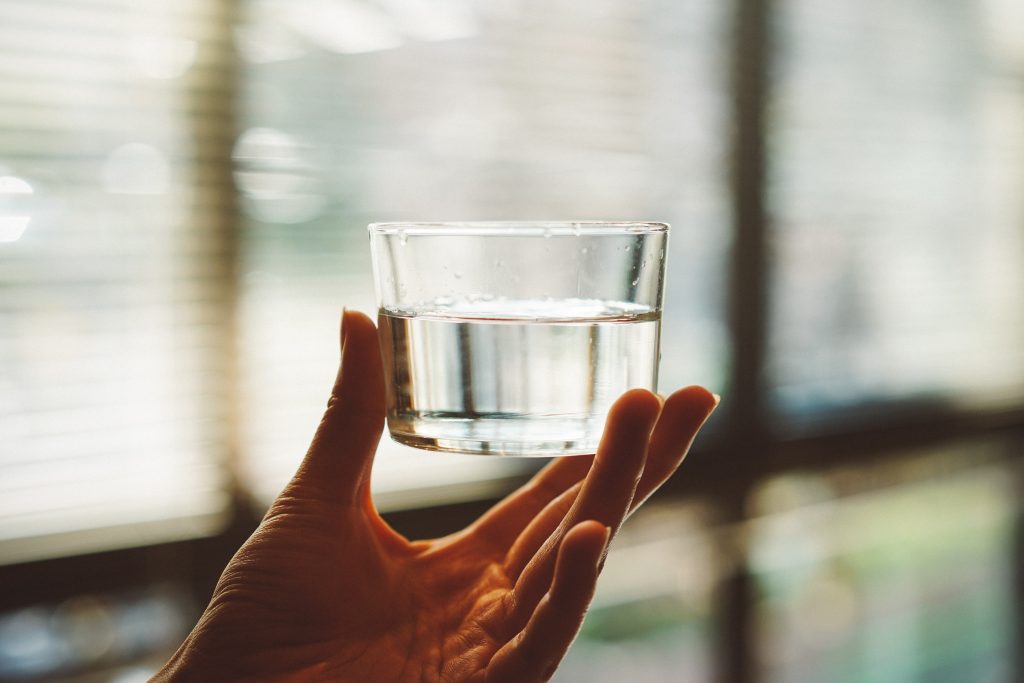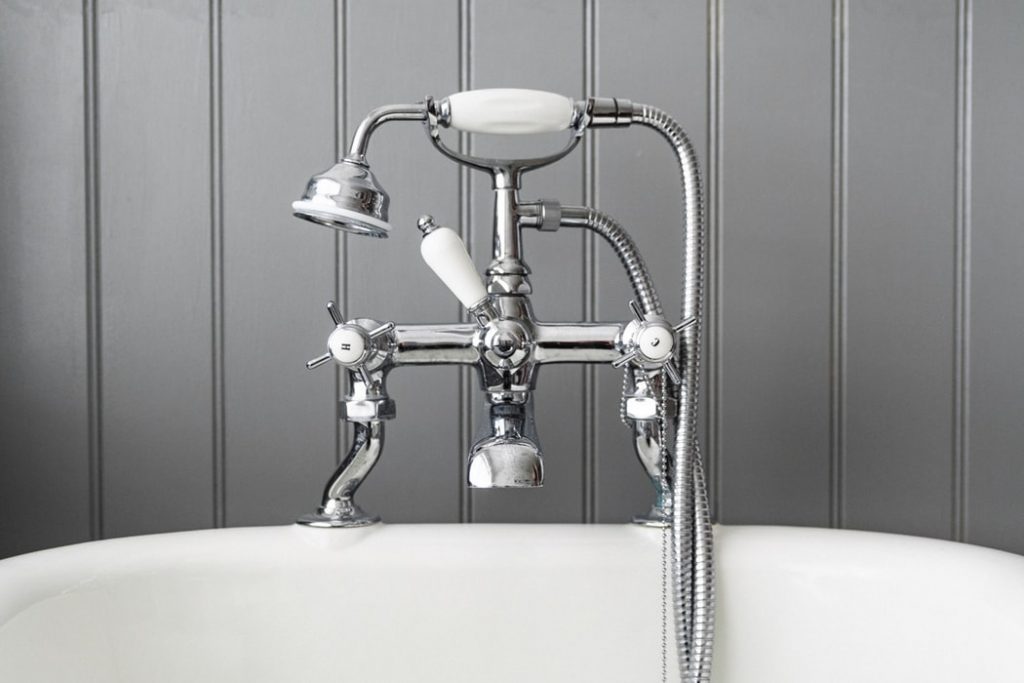If you’ve been sensing your drinking water is not quite right — perhaps it has a bitter taste or you are noticing calcium buildup on your faucets — it could be a sign that your water pH level is too high. When showering, this can also cause your skin and hair to dry out.
On the other hand, if your water pH level is too low, this means your water is acidic. Acidic water can be caused by several factors but is more likely to be found in homes situated near large industrial plants or areas with substantial pollution.
Water with a low pH level can corrode metal pipes over time. This water is not suitable for drinking as it may contain a significant level of heavy metals which are hazardous to your health.
But what does this all mean? Why is pH level important and how can you tell the difference in your own home?
This article will explain water pH level, why it matters, and the ideal level for your home drinking water. Let’s dive in.
What Is Water pH Level?
A pH level is used to measure how acidic or basic water is, using a scale that ranges from 0 to 14. The aspect of water that is being measured is the level of hydronium ions present. On the pH scale, 7 is neutral, anything below seven is acidic, and anything above 7 is basic.
What Is The Ideal pH Level For Water?
The water coming into your home, used for drinking, cooking, showering, and more, should have a pH level between 6.5 and 8.5. Tap water usually sits around 7.5 and common brands of bottled water are generally between 6.5 and 7.5.
To make a comparison using other examples, lemon juice is an acid that has a pH level of about 2 on the scale, and bleach is very basic and has a pH level of about 13.
Why Does pH Level Matter?
The pH level of water affects certain elements that play a role in how healthy the water is to consume.
As mentioned above, water with a low pH level can contain more prominent heavy metals such as lead, copper, nickel, chromium, and zinc. This can be toxic if and can lead to heavy metal poisoning when consumed, which is why it is important to ensure your drinking water is sitting at a safe pH level.
Homeowners will be able to tell if their water is too acidic if they begin to notice green or blue water stains in their sinks, toilets, or bathtubs. Tiny leaks in pipes may also be a sign that the pipes are corroding as a result of acidic water.
Unlike acidic water, water with a high pH level will not cause health problems. However, it can lead to other disturbances or inconveniences. For example, basic water may cause a build-up of calcium in your pipes and faucets which, in turn, can affect your water pressure. So you might want to contact a faucet replacement specialist.
This type of water is also commonly referred to as hard water.
What Is The pH Of Hard Water?
The pH of hard water is caused by high levels of calcium and magnesium. The hard water pH level is anything higher than 8.5 on the pH scale. This means that certain types of alkaline water— which some people believe offers added health benefits to consumers—may have a hard water pH value. Alkaline water usually sits between 8 and 9 on the pH scale.
If your hard water pH is too high at home and causing issues such as blocked pipes, installing a water softener or water conditioner can help.
Homeowners can opt for a system that softens water throughout the entire house, or — for a more cost-efficient option — they can choose to purchase a device that attaches to a specific faucet in the home. This would likely be applied to a kitchen sink where water is used for drinking and cooking.
Alternatively, a water conditioner can be used to stop scaling. However, it is important to note that, unlike a water softener, a water conditioner does not remove the minerals that make the water hard.
How Do You Test Water pH Level?
If you are reading this and wondering how to determine the pH level of your water at home, here are three methods:
A pH Meter
A pH meter is an instrument that can be used to measure the pH level of your water at home. But before it can be used properly, the electrode must be cleaned and the instrument must be calibrated. This requires setting the device using buffer liquids before testing your water sample.
Once the device has been calibrated and the electrode has been cleaned again, you can fill up a container with water from your home and place the electrode in it to test its pH level. You should let the electrode sit in your water sample for one or two minutes to get an accurate reading.
A pH Strip
If you opt to purchase pH testing strips they should come with a color guide. After you test the strip, you can hold it up against the guide to find the matching color and its corresponding pH level. To use the pH testing strips, simply place a strip in your home water sample for a few seconds.
A Litmus Paper
While using a litmus paper will allow a homeowner to gauge if their water is acidic or basic, it will not be able to provide an accurate pH level. Similar to the pH testing strip, litmus paper is placed in a water sample to test it. However, the result will be one of two colors, which will indicate only if the liquid is acidic or basic.
Endnote
If you sense some issues with the pH level of your water at home, there are some easy tests you can conduct yourself to get to the root of the problem. All in all, the best water pH level for your home is between 6.5 and 7.5.
[related_posts_by_tax posts_per_page="3" format="thumbnails" image_size="medium"]









